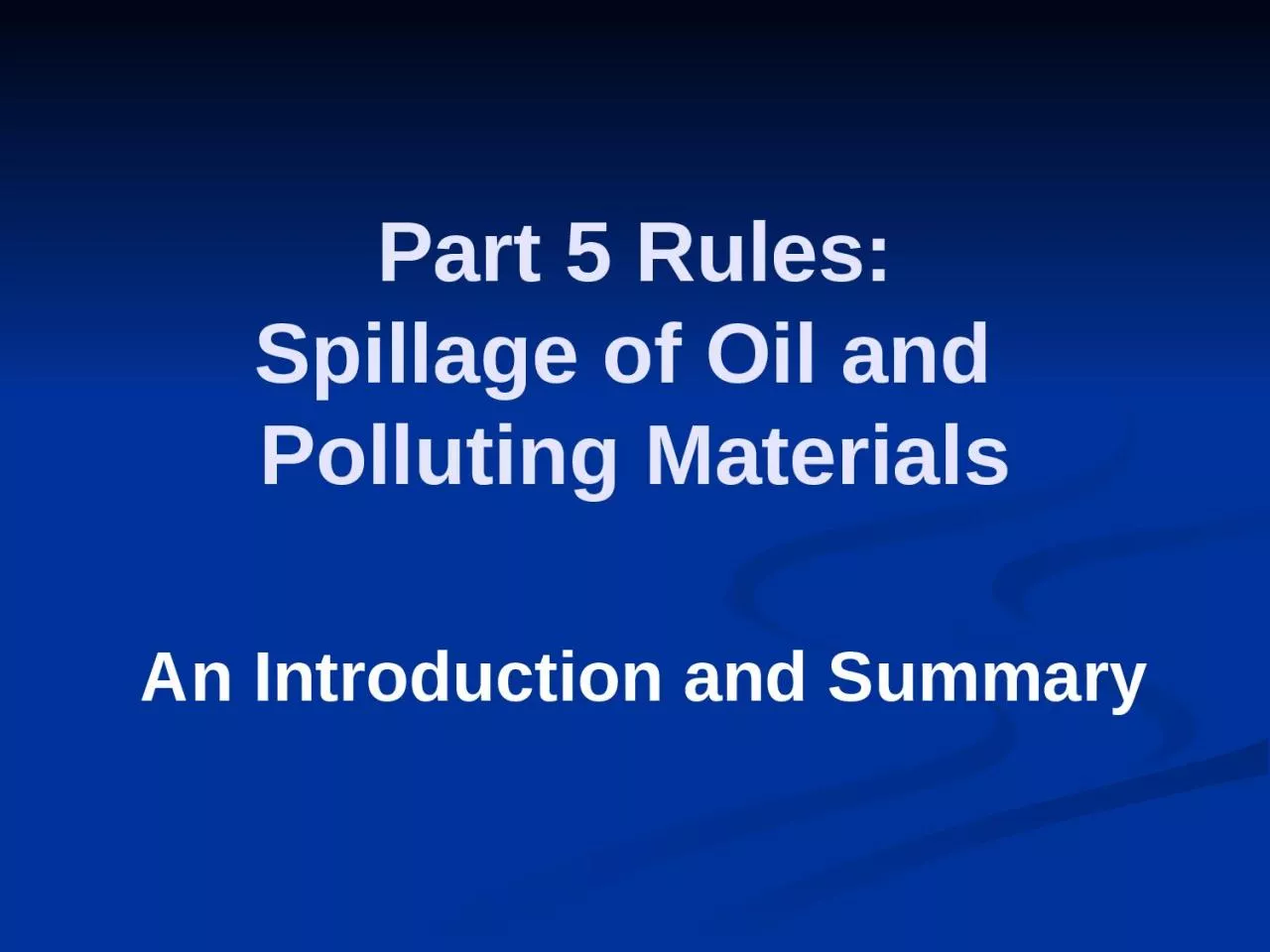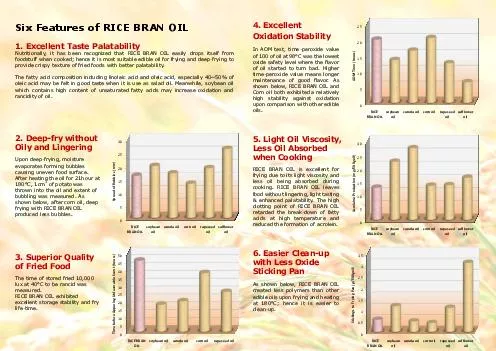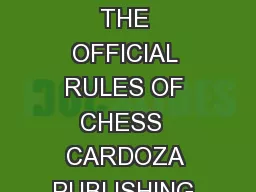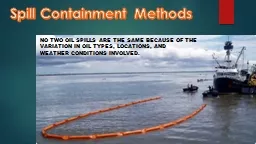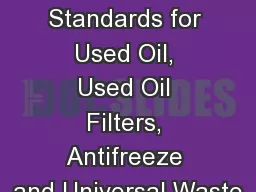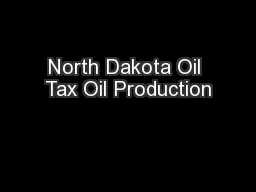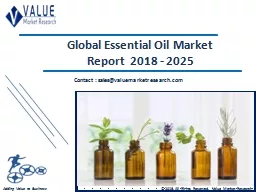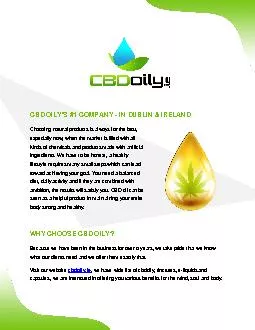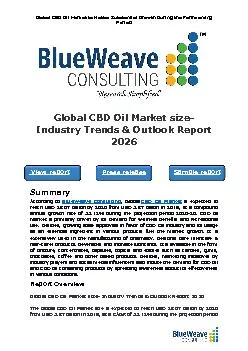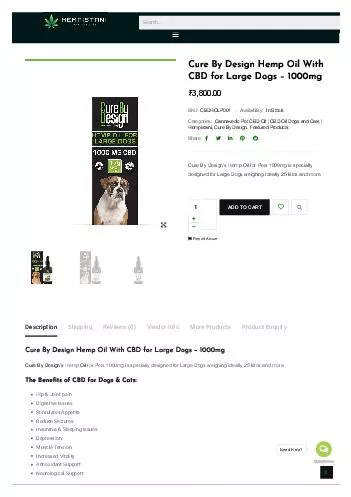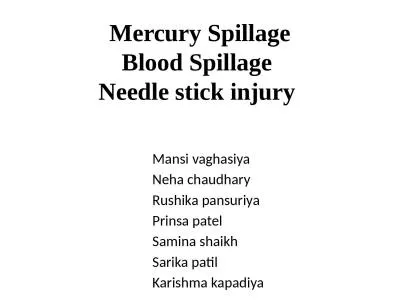PPT-Part 5 Rules: Spillage of Oil and
Author : kylie | Published Date : 2023-11-17
Polluting Materials An Introduction and Summary Part 5 Overview Promulgated under Part 31 Water Resources Protection of the NREPA Selfimplementing no permits issued
Presentation Embed Code
Download Presentation
Download Presentation The PPT/PDF document "Part 5 Rules: Spillage of Oil and" is the property of its rightful owner. Permission is granted to download and print the materials on this website for personal, non-commercial use only, and to display it on your personal computer provided you do not modify the materials and that you retain all copyright notices contained in the materials. By downloading content from our website, you accept the terms of this agreement.
Part 5 Rules: Spillage of Oil and: Transcript
Download Rules Of Document
"Part 5 Rules: Spillage of Oil and"The content belongs to its owner. You may download and print it for personal use, without modification, and keep all copyright notices. By downloading, you agree to these terms.
Related Documents

